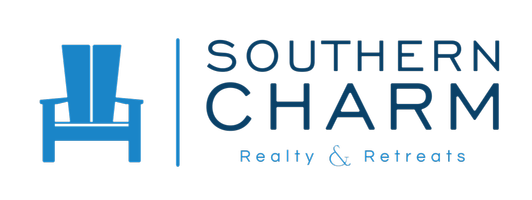Blog > Guide to USDA Loans

Mortgage rates recently hit a generational high when they exceeded 7%. As of early December, they are still hovering right near that number and, coupled with national median home prices at $425,000, some homebuyers are eager to find alternatives. The goal is still homeownership but we are all looking for different means to that end. Subsequently, searches for USDA loans have grown. But…
What Are They, Exactly?
A USDA loan is just another type of mortgage aimed at helping people secure housing, much like an FHA or VA loan. They typically offer great terms to those who qualify for one including lowest possible interest rates and 0% down. There are stipulations, though.
According to Realtor.com, “A USDA loan is a mortgage that is either issued or guaranteed by the United States Department of Agriculture. Also known as Section 502 or 504 loans, these programs are specifically reserved for people with low or moderate incomes looking to buy in designated rural parts of the country.”
But that doesn’t mean only farmland qualifies! In fact, the Housing Assistance Council states that 97% of land in the United States is located within USDA loan–eligible boundaries, where about one-third of all Americans currently reside. Most people assume these loans are only for the ultra rural which is why fewer than 100,000 borrowers currently utilize this program.
“USDA home loans are a fantastic option for qualified homebuyers and aren’t limited to rural properties like farms,” says Tan Tunador, a senior loan officer in Virginia.
Qualifications & Restrictions
As with a traditional mortgage, there are still certain parameters that have to be met. Whether you’re seeking a direct loan, guaranteed loan, or a renovation loan, USDA seeks to make safe and secure housing affordable for all. Benefits include 0% down, an oftentimes reduced interest rate, reduced mortgage insurance, lower credit score requirements, and lower closing costs.
Realtor shares the limitations:
- Geographic limitations: “The home must be located in an eligible rural area with a population of no more than 35,000,” says Gonzalez. That being said, rural does not mean living in the middle of nowhere. In some cases, the suburbs may qualify, so be sure to research your area.
- Income thresholds: Borrowers must meet specific income requirements based on where they live, and if those income limits are exceeded, they cannot qualify. Generally, an individual is considered a low-income earner if his or her household income is less than double the federal poverty level.
- Primary residence stipulations: Only single-family, owner-occupied homes can be financed. Duplex homes, second homes, or investment properties are not eligible. In other words, you can’t get a USDA loan for that vacation home you’ve always wanted. Additionally, the home purchased must not exceed 2,000 square feet or have an in-ground swimming pool.
USDA loans make the dream of homeownership a reality for many, and you may be more likely to secure this type of loan than you think. Visit our friends at Realtor.com to read more about the qualifications. As always, also feel free to reach out to our knowledgeable agents with any questions you may have! Let’s get you a home in 2023!
